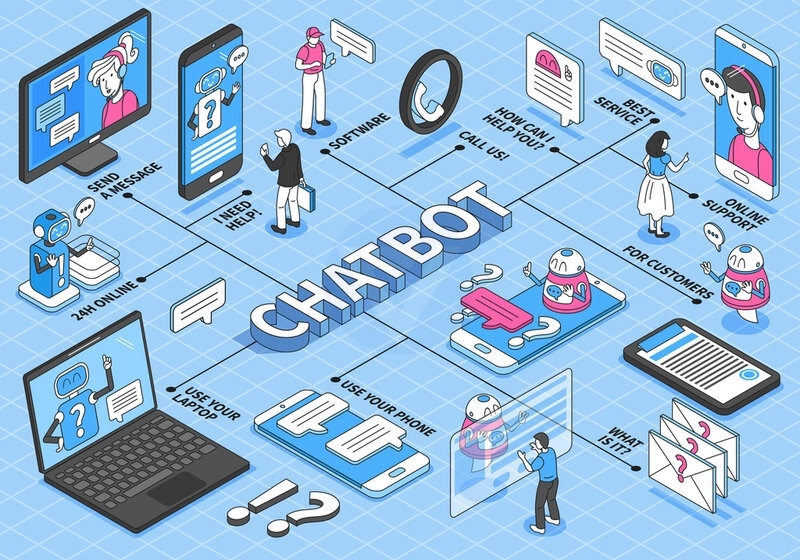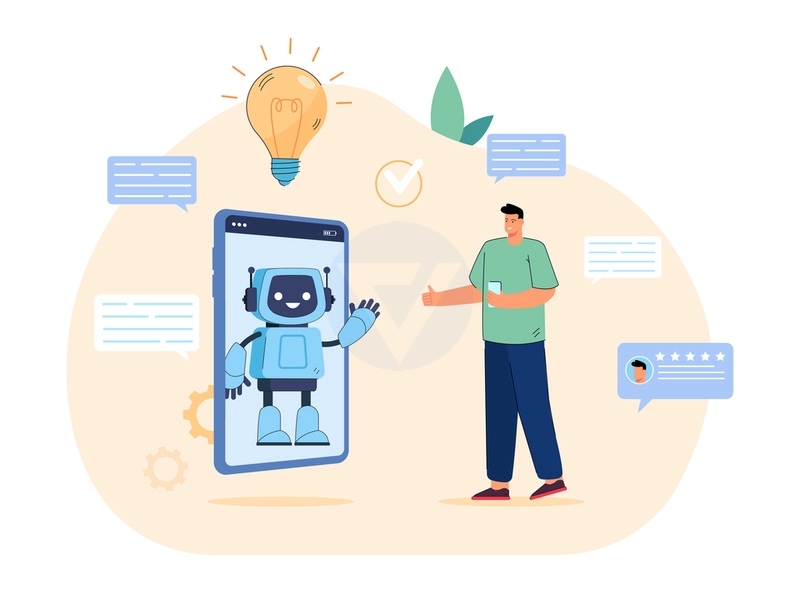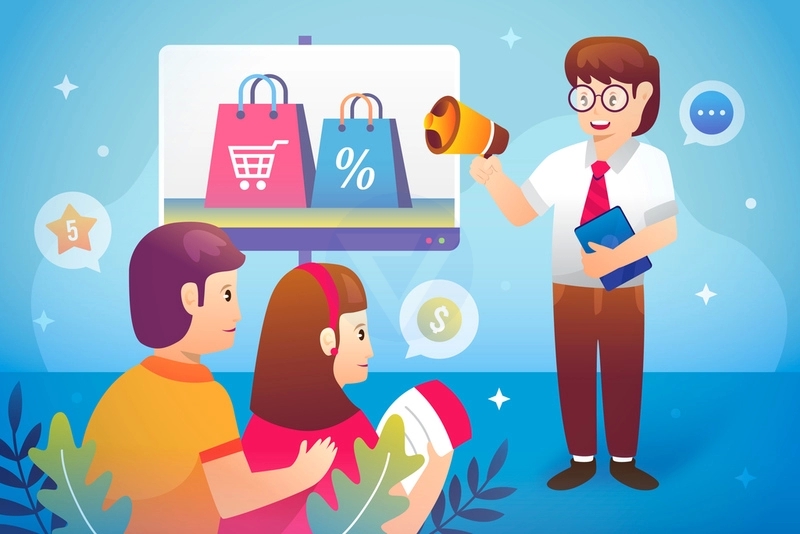
What are the most effective ways to use chatbots for customer service?
Chatbots can be incredibly valuable for customer service, providing quick and efficient support to customers. Here are some effective ways to utilize chatbots for customer service:
1. Automated FAQs: Implement a chatbot to handle frequently asked questions (FAQs). By analyzing customer queries, the chatbot can provide instant responses to common inquiries, such as delivery status, product information, or basic troubleshooting steps.
2. Triage and Routing: Use chatbots as a triage system to determine the nature of customer issues and route them to the appropriate department or support agent. Chatbots can collect initial information, categorize the problem, and direct customers to the right human representative, improving response times and overall efficiency.
3. 24/7 Support: Unlike human agents, chatbots can provide round-the-clock support, ensuring that customers receive assistance at any time of the day. This is particularly useful for global businesses with customers in different time zones.
4. Personalization: Enhance customer experience by personalizing interactions with the chatbot. Utilize customer data to tailor responses and recommendations based on their preferences, purchase history, or browsing behavior. Personalization helps create a more engaging and customized experience.
5. Natural Language Processing (NLP): Implement NLP capabilities in chatbots to understand and respond to customer inquiries in a conversational manner. NLP allows chatbots to interpret customer intent, decipher complex queries, and provide accurate and relevant responses.
6. Escalation to Human Agents: While chatbots can handle many routine inquiries, there will be instances where human intervention is necessary. Configure chatbots to recognize when an issue requires human assistance and seamlessly transfer the conversation to a live agent. This ensures a smooth transition and prevents customer frustration.
7. Continuous Learning and Improvement: Regularly analyze chatbot interactions and gather customer feedback to identify areas for improvement. Use this data to train and update the chatbot's knowledge base, expanding its capabilities and enhancing its accuracy over time.
8. Omnichannel Integration: Integrate chatbots across multiple customer service channels, such as websites, mobile apps, social media platforms, and messaging apps. This enables consistent and seamless support regardless of the channel customers choose to engage with.
9. Proactive Engagement: Chatbots can initiate conversations with customers based on predefined triggers, such as specific website pages visited or abandoned carts. Proactively engage customers to offer assistance, recommend products, or provide personalized offers, increasing customer engagement and conversion rates.
10. Analytics and Metrics: Track and analyze chatbot performance metrics, including response time, customer satisfaction, resolution rates, and escalation rates. Use these insights to optimize the chatbot's performance and identify areas where human agents can be more effective.
Remember, while chatbots are powerful tools, they should complement human agents rather than replace them entirely. Striking the right balance between automation and human support is crucial to provide exceptional customer service.
Share It:
Tags:













